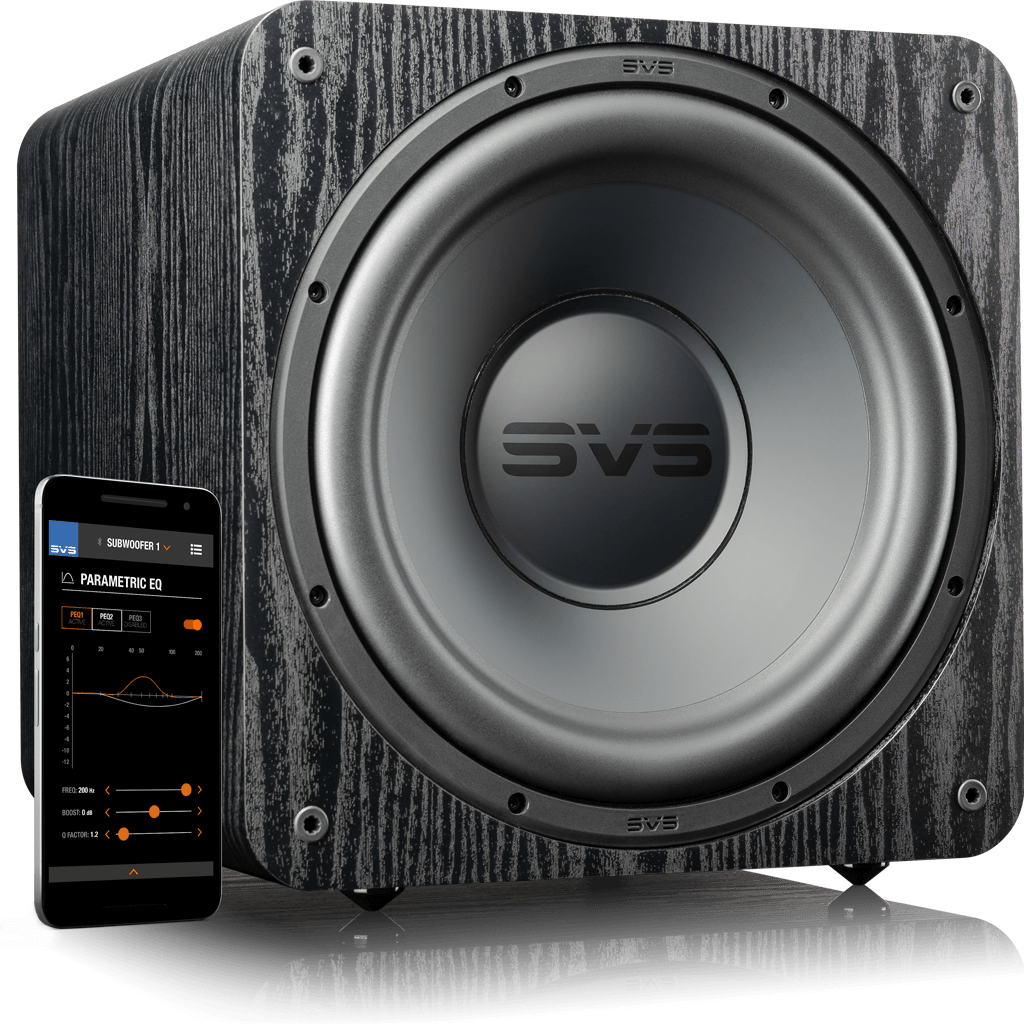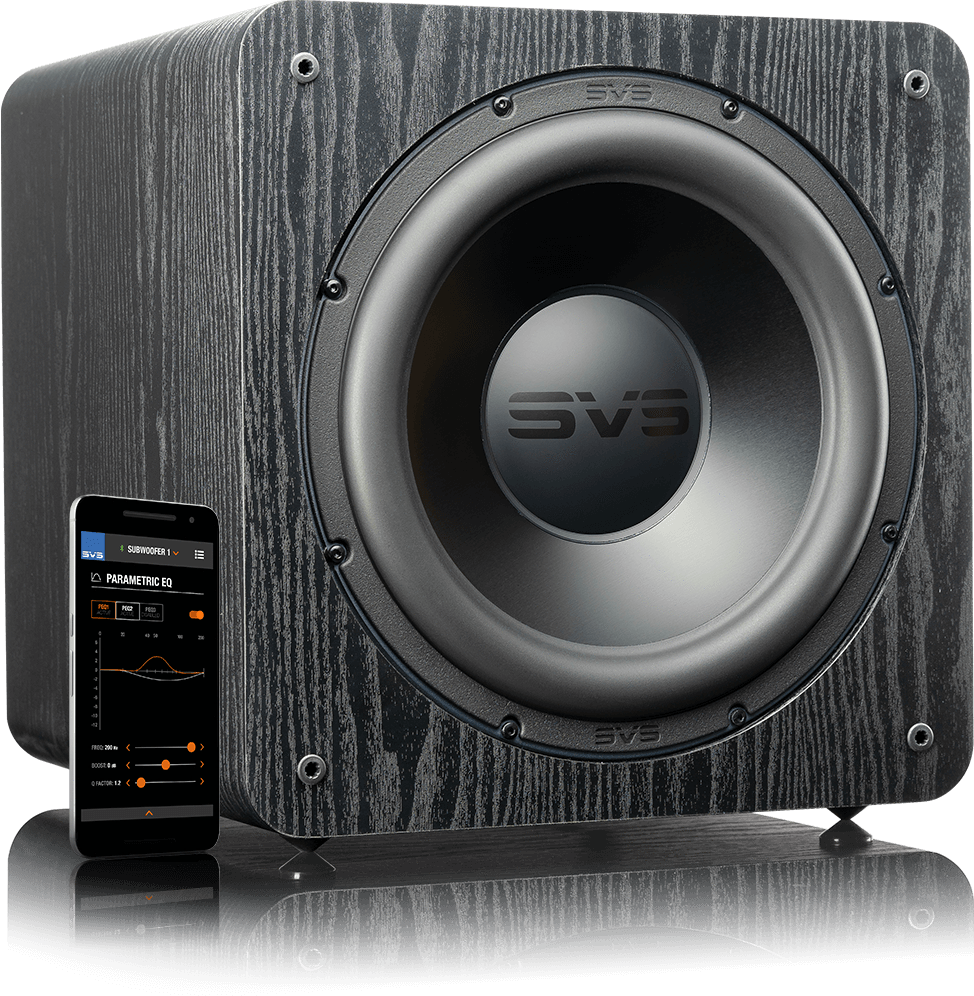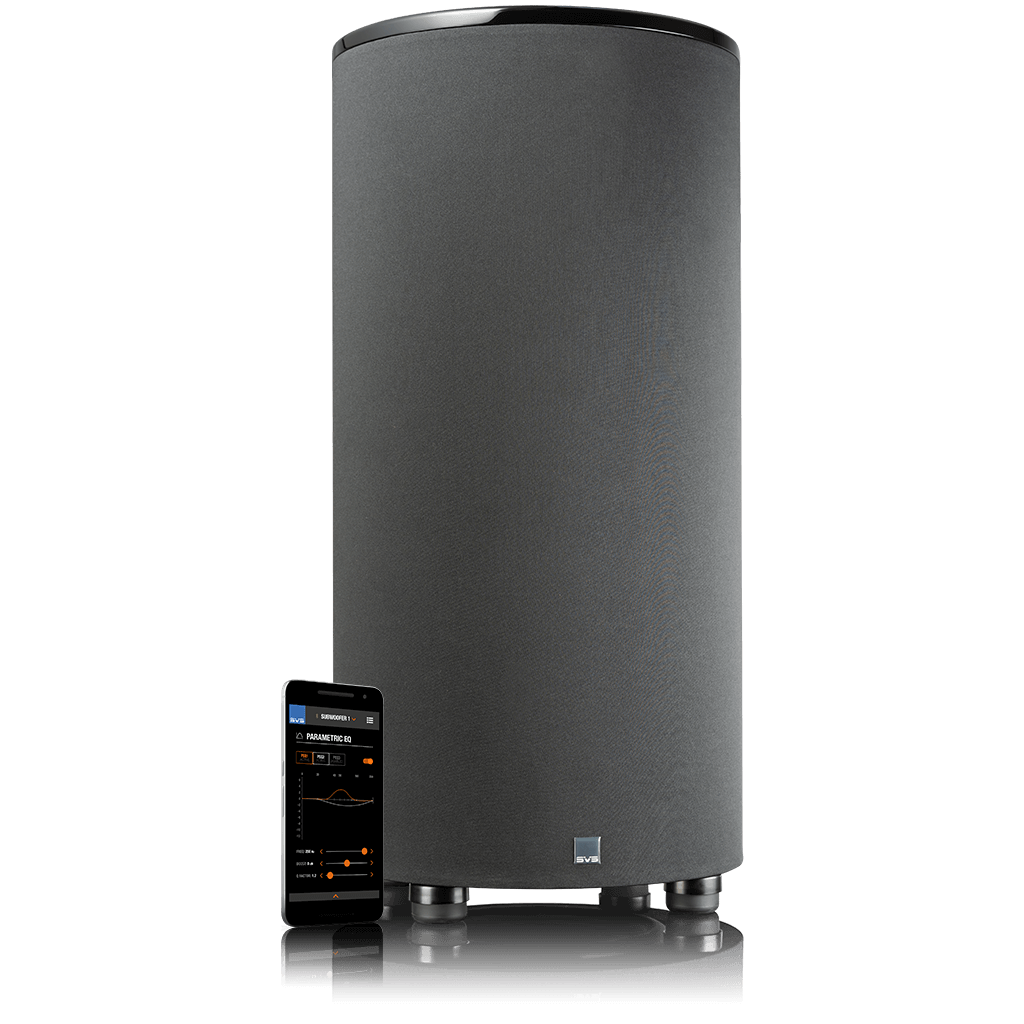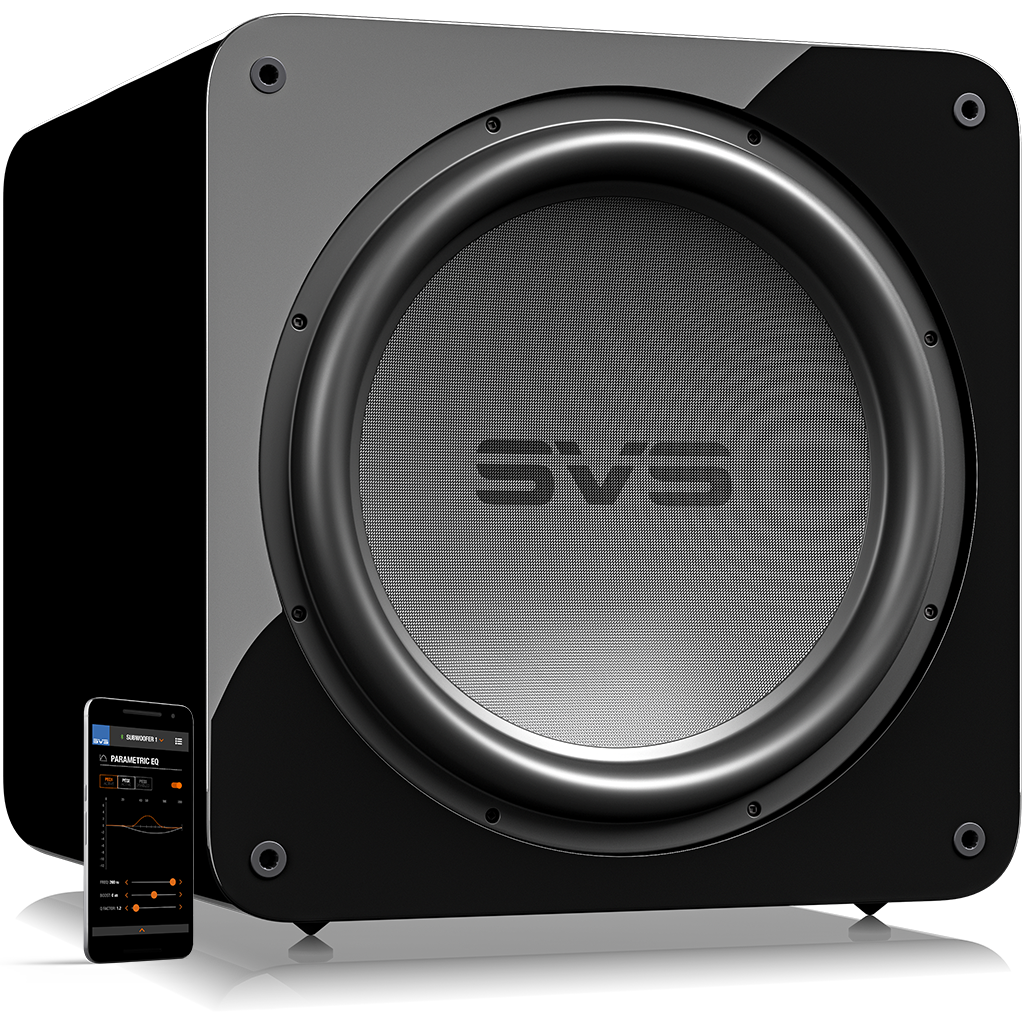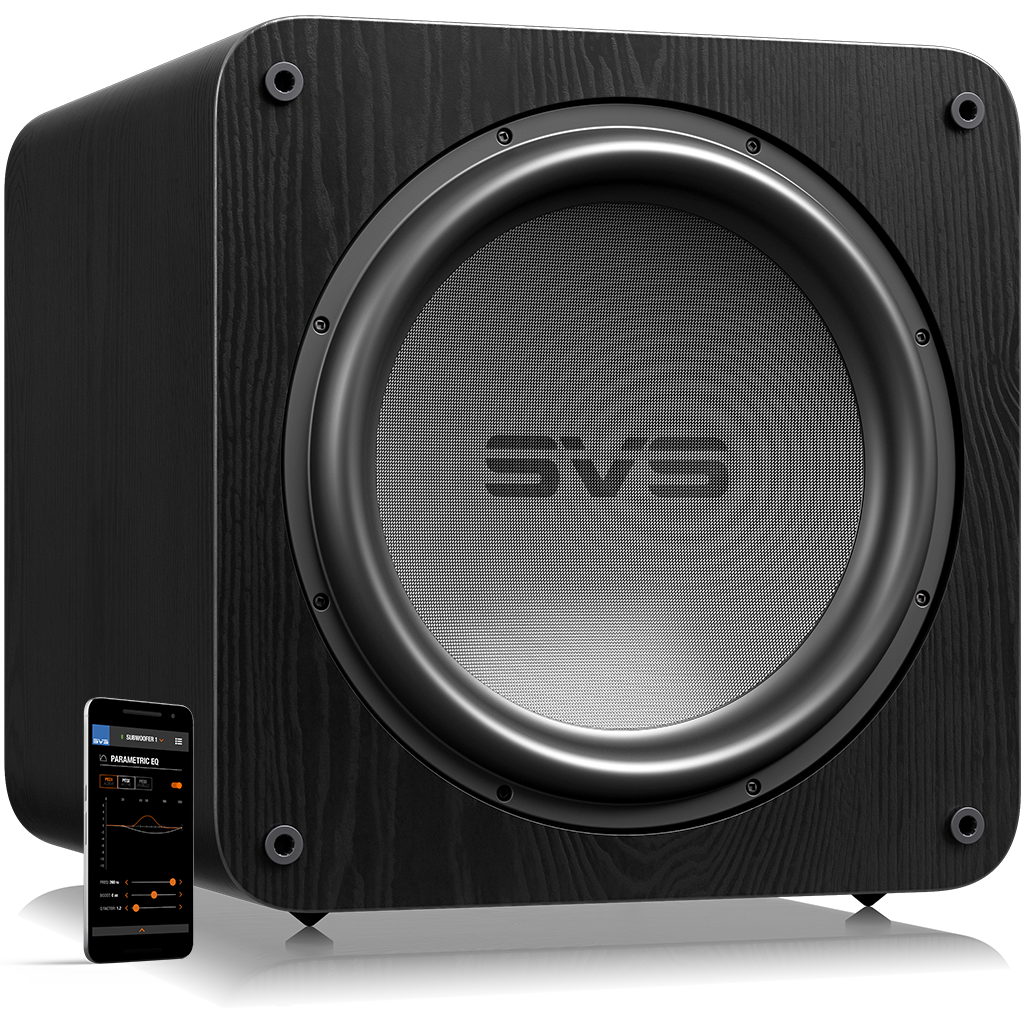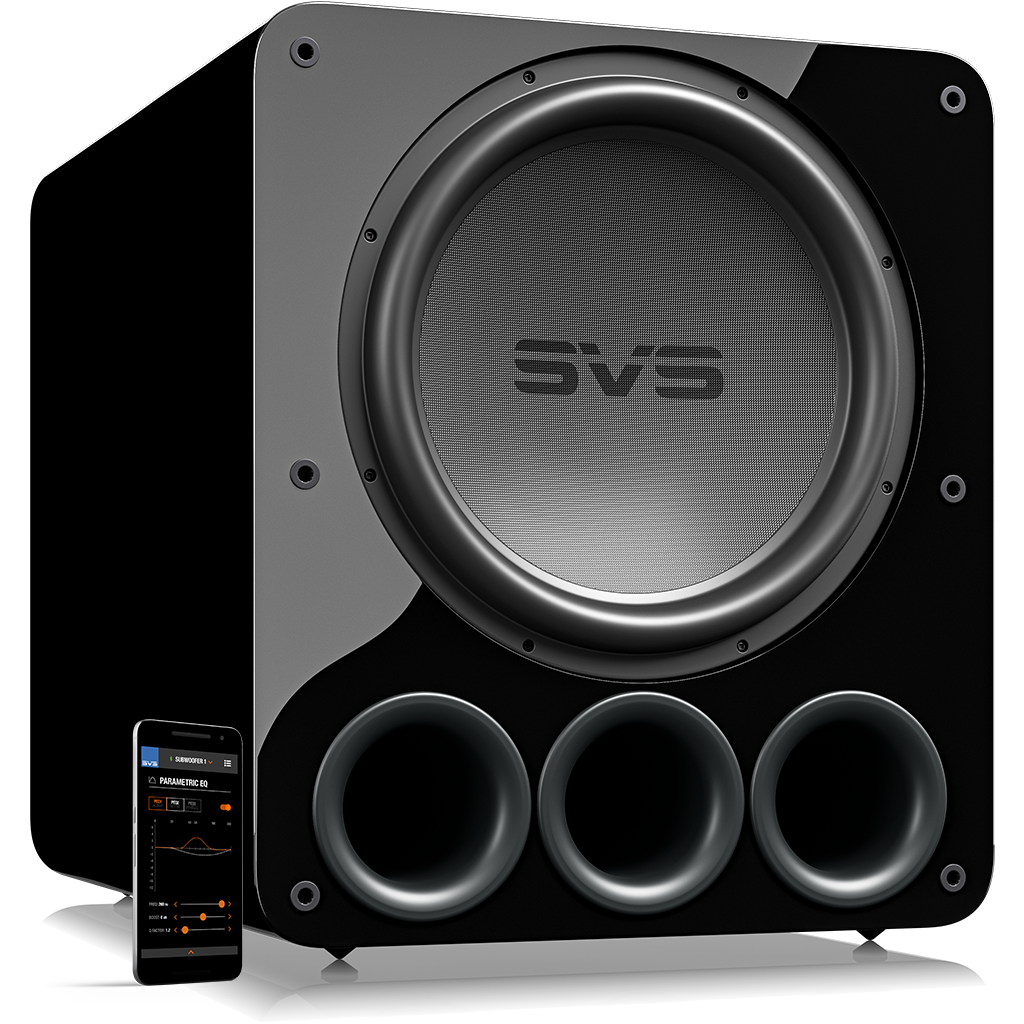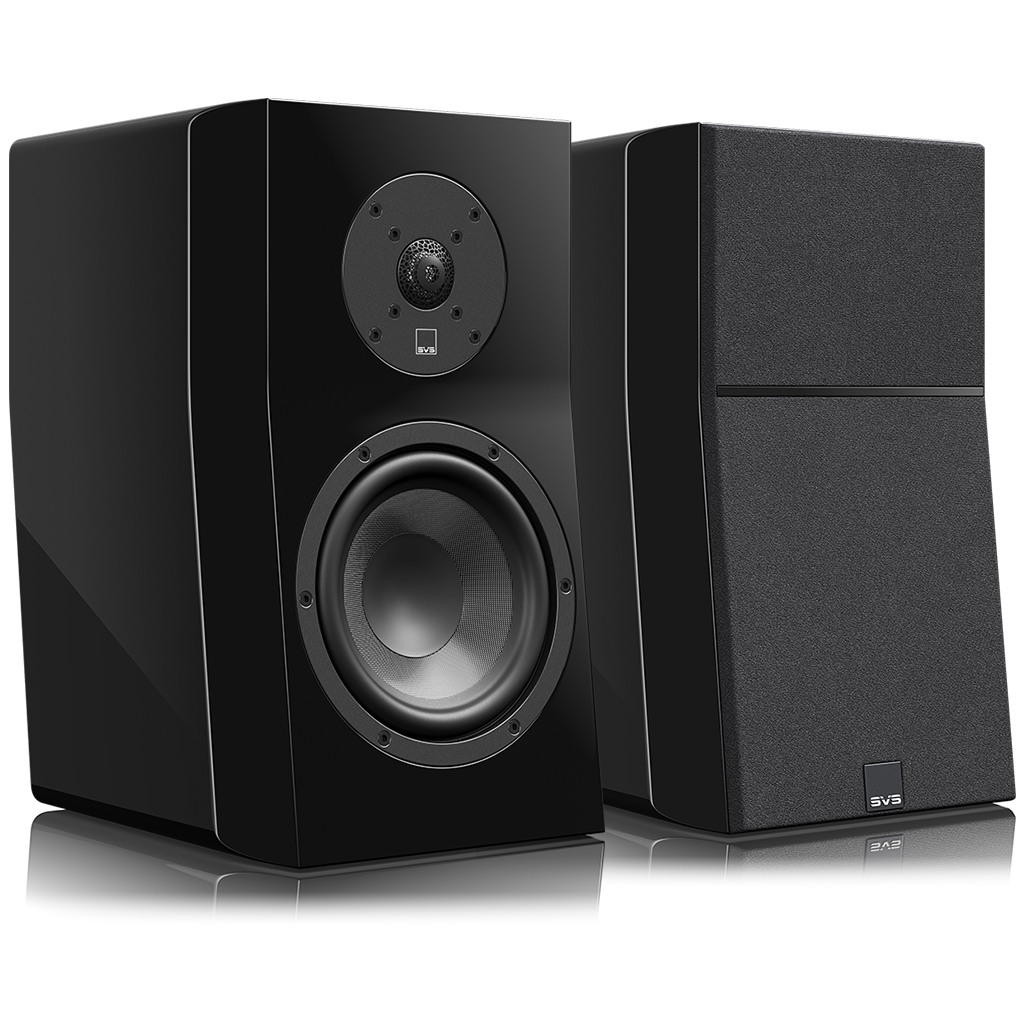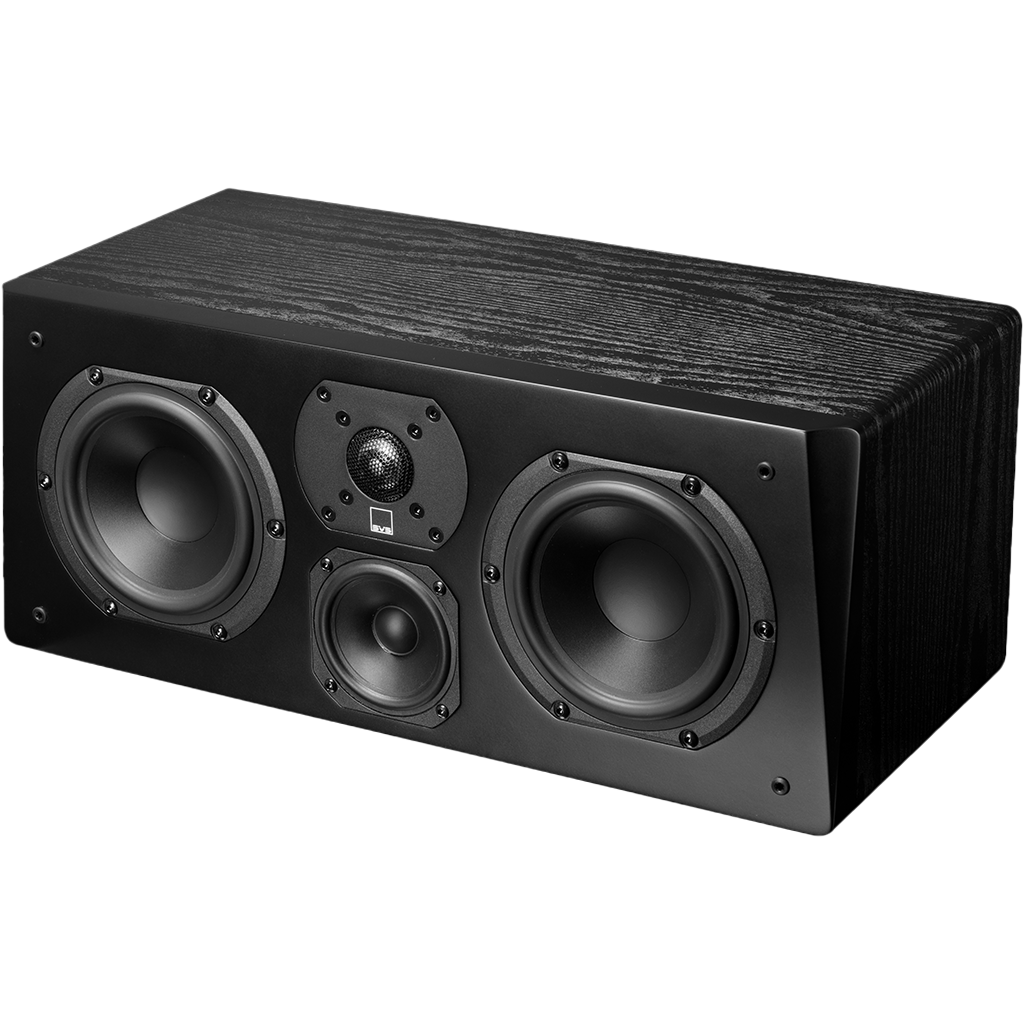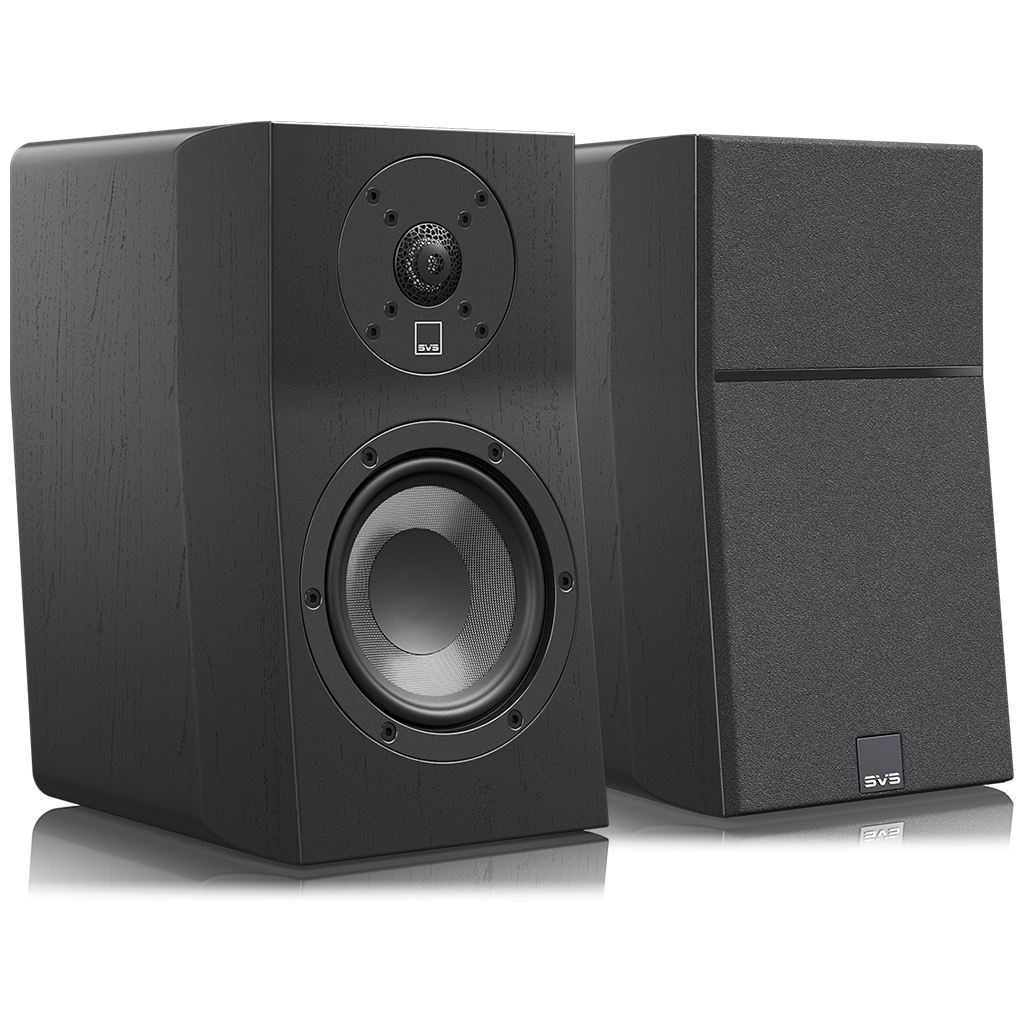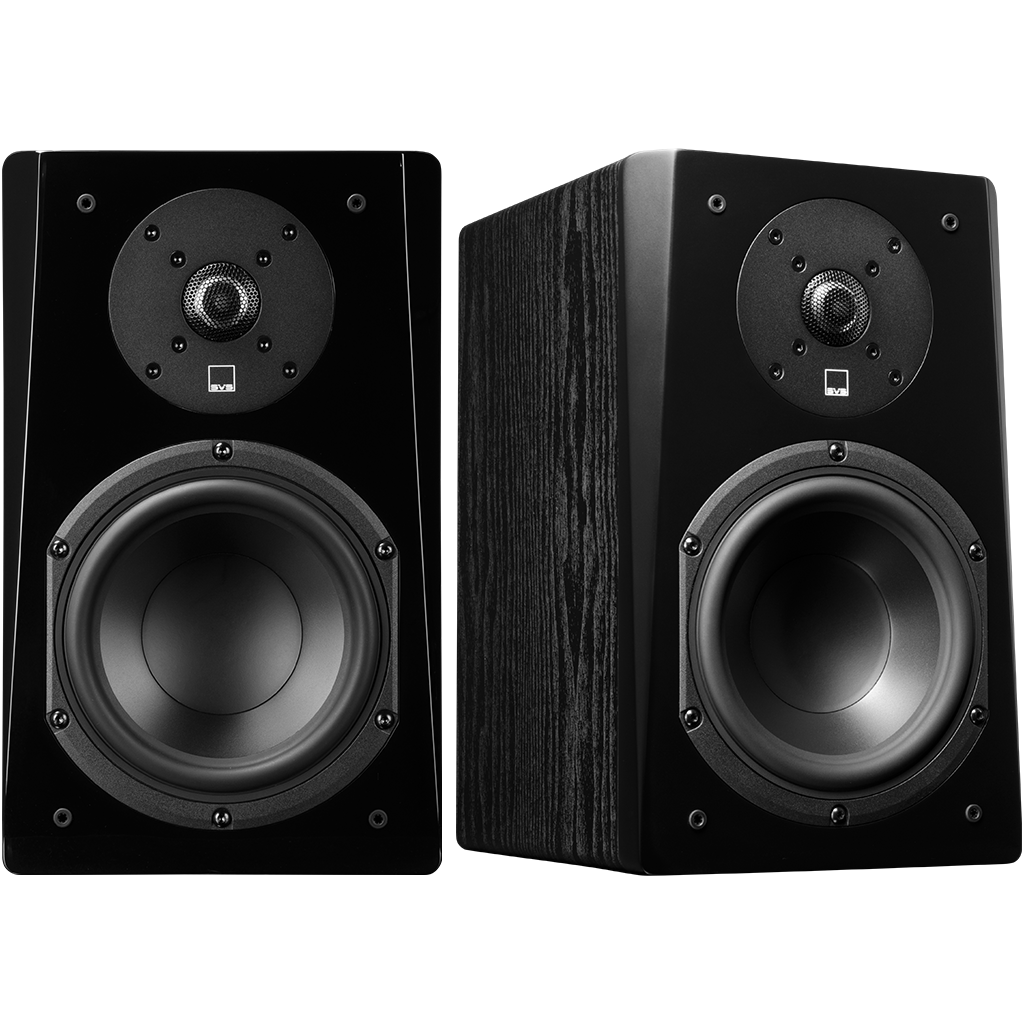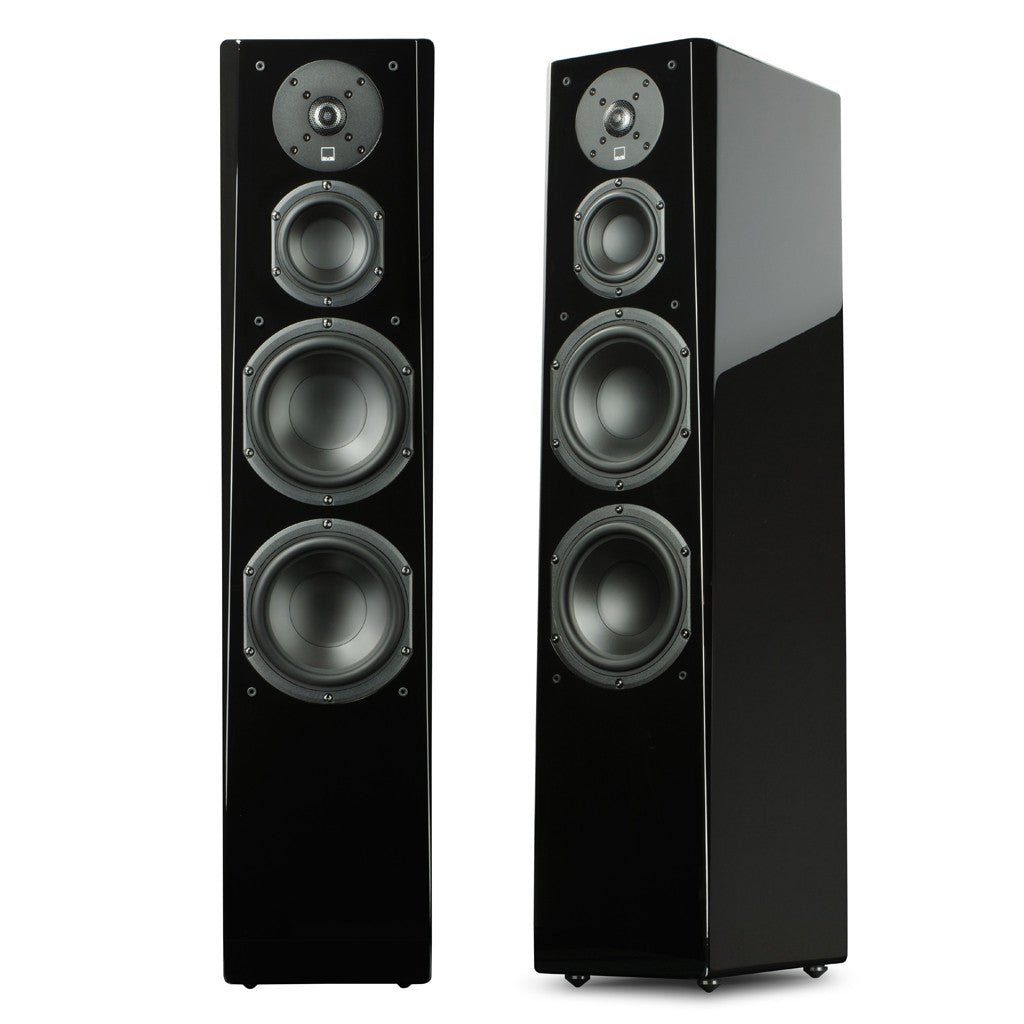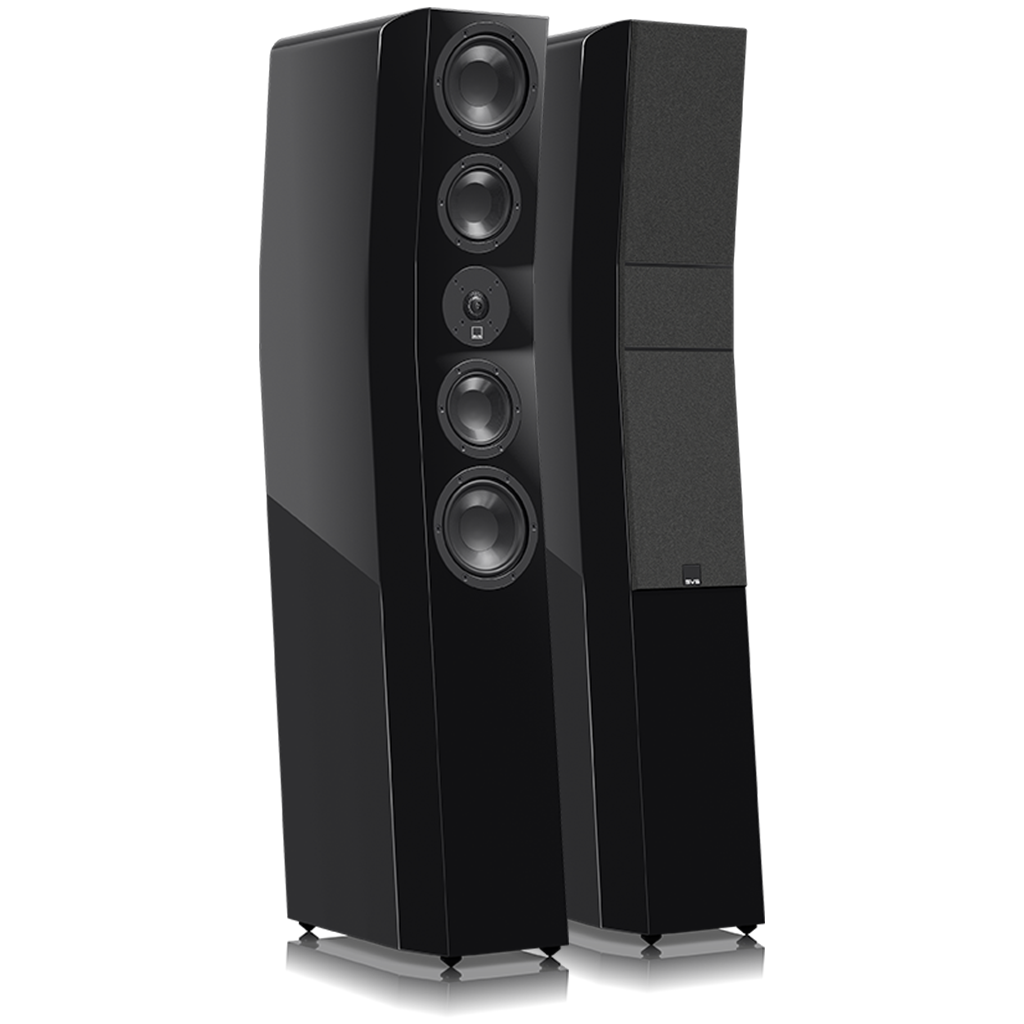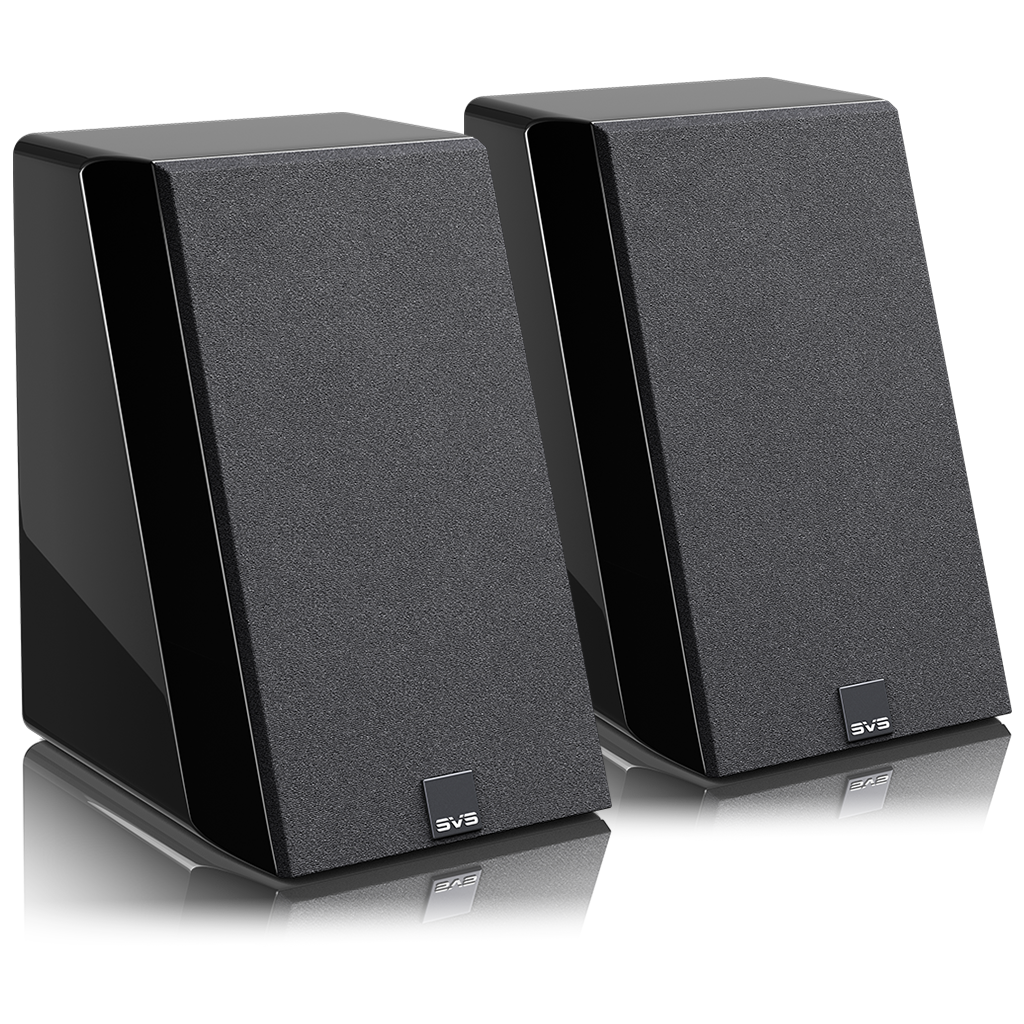What is Speaker Bi-Amping?
Audiophiles and home theater fans are always looking for quick, high-impact hacks to improve sound quality. That’s part of the fun, right? One easy way to boost your speaker's performance is Bi-Amping. The process takes only a few minutes and can result in better separation of the bass, midrange, and high frequencies. Many people refer to this as more “revealing” sound. It can also provide a bit more dynamic impact.
How do I bi-amp my speakers?

Bi-amping is when you connect two sets of amplifier outputs in parallel with two sets of binding posts on a loudspeaker. To do this, your home audio speaker requires dual binding posts and you will need two sets of speaker cables or wires. It’s also critical to ensure you remove jumper straps from the speaker binding posts when Bi-Amping. If you don't, you could short out both sets of amplifier outputs and cause yourself a costly problem.
Once wired, you’ll want to check AV receiver or processor for settings you need to adjust. In the setup menu speaker settings, it will generally have a Bi-Amping section that instructs you on which sets of outputs to use.
What are the benefits of speaker bi-amping?
The acoustic benefits of bi-amping come from the fact that the two amplifier channels are powering high and low frequencies separately creating better separation and greater dynamic output. This way, the signal from each amplifier can be run through its own power supply to maximize power to the speaker.
Basically, you're doubling the power output, which gives you more headroom and higher output capability from the system for enhanced dynamics, as well as better separation between lows, mids, and highs. The result is that the sound coming from the speaker is louder, clearer, and more detailed.
Is it worth bi-amping your speakers?
If you have equipment that supports bi-amping, it’s a cost-effective way to squeeze a bit more performance out of your system. The only downsides are that you need to invest in an extra set of speaker cables or wire per channel and that you’ll need to run those cable to the speakers, so it will add another run from the amplifier or receiver.
Given how expensive it is to upgrade components and the diminishing returns you sometimes get from upgrading to expensive hardware, bi-amping is one of the cheapest and easiest ways to get your home theater or audio system sounding it’s best.

SVS Director of Technology Ed Mullen discusses bi-amping speakers.

